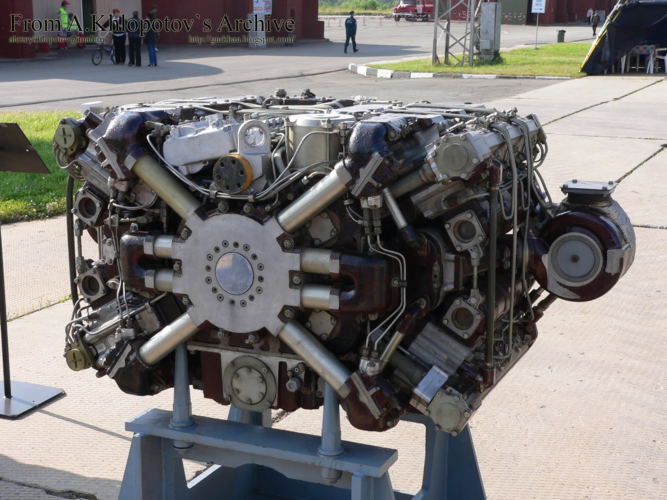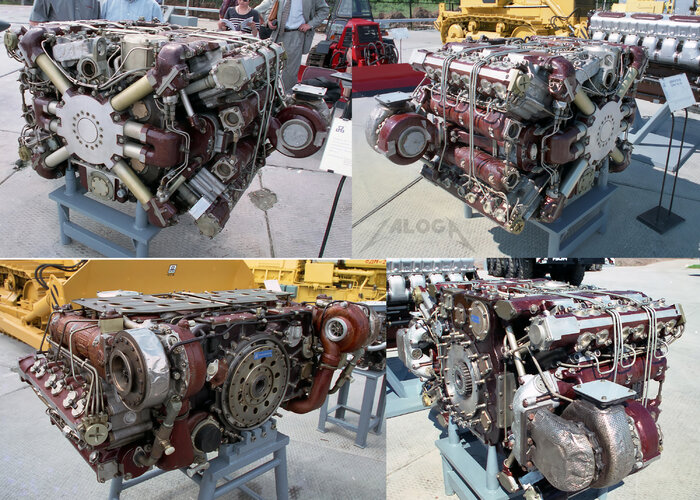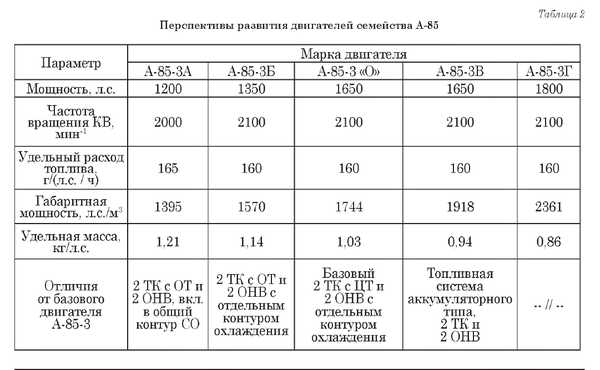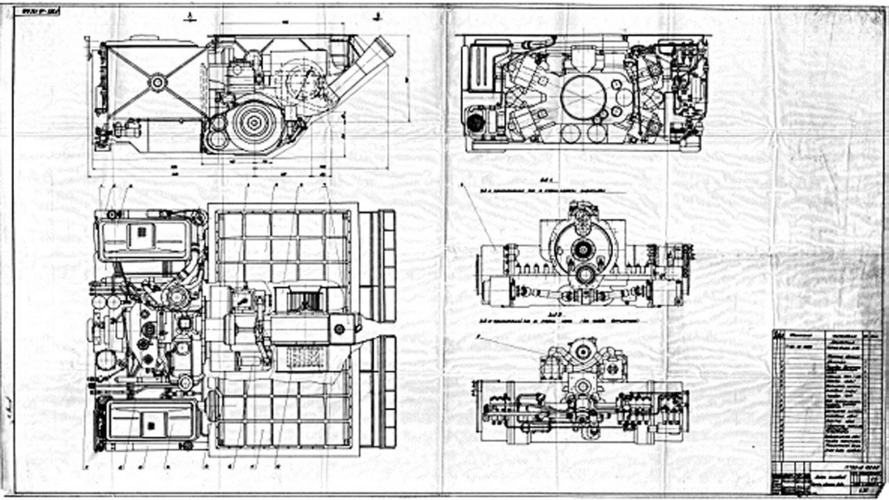So from what I'm getting:
The Soviet reluctance for implementing a larger powerpack was largely influenced by their concerns of weight not only for the weight of a larger powerpack itself up also for the additional armour construction it may entail to increase the internal volume. Correct or somewhat correct?
I think the Object 219RD's 2V-16-2 was, and 12N360 is, just too novel.
The GABTU shot down a lot of LKZ's ideas in general, not just 219RD, but also Object 299 universal combat platform. Putting the X-block into the T-80 wasn't seen as particularly viable, and then Leningrad folded less than a decade after the 219RD was shown to the Armor Directorate and got rolled into Kharkiv Morozov, for unrelated reasons, and the engineers worked on what became T-84.
The main problem was Chelyabinsk had only supplied something like four prototypes and they didn't really know how, and still don't know how, to really mass produce them. The GABTU report recommended the 2V-16-2 be prepared for mass production and this be studied. This is where 12N360 comes from: it's the 2V-12-2, which is a smaller version of the 2V-16, with a transmission in a powerpack.
How does the V-2 compare as a engine going into the 2020s and it still being the choice for the T-90M series?
It's fine I guess. It's a dead reliable two-stroke diesel with a cast iron block. Don't let it near emissions test centers? Internal combustion engines haven't changed much as a technology since the 1940's to really require entirely new mobility solutions or anything like that. L3Harris makes a 1,500 HP AVDS1790 but no one has bought it.
It's not like airplane engines or anything. Tank engines are just pretty boring in general.
There's also a ton of discussion regarding the V-2 as well (least of which includes ridiculing it for being a WWII descended engine being used in the 21st century). Obviously for a high displacement diesel V-12, its power output is comparatively less than the other high displacement diesel V-12 fitted onto other tanks but is it really as much of a design handicap as some people claim for it to be or is it a reasonably fine engine when put in the context of the overall engineering of a vehicle like the T-90M?
V-92 and V-2 are not the same engine. They share the same engine block but they are rather different.
The lack of horsepower per cylinder improves the engine's overall reliability, tbf. The engine is less stressed, it can run on crummy fuels, and it will work without maintenance, even if components on it are somewhat flimsy or difficult to access and subject to fewer maintenance checks as a result. There are anecdotes of V-2s running with broken crankshafts at speed. The block is pretty solid and could probably comfortably output 1,000-1,200 HP if you really wanted to press it, as the -B3 does, because it's a very large displacement block.
It's fine for tanks up to about 50-55 tons I suppose. More than that and it will show its weakness since it's "only" a 1,000 horsepower engine at most. You'd need to give it a pair of electric motors in the sprocket, and a very high performance transmission, to make it equate larger engines like MTU 873 and AGT-1500.
The main reason for using the 12N360 is 1) Chelyabinsk demanded it probably, they want the money; 2) it lets you have a lower hull if the engine is the tallest component in the vehicle because X-blocks are wider than they are tall, while the opposite is true of a V-block. Russia could literally just put a V-92S2F, rotated 90 degrees and mounted transversely, into the Armata and call it a day. It would make the tank producible albeit somewhat underpowered, comparable to a T-72A or something, rather than the T-80U they actually want.
Then the only problem is the gun, armor, and electronics fit. So the rest of the tank.




